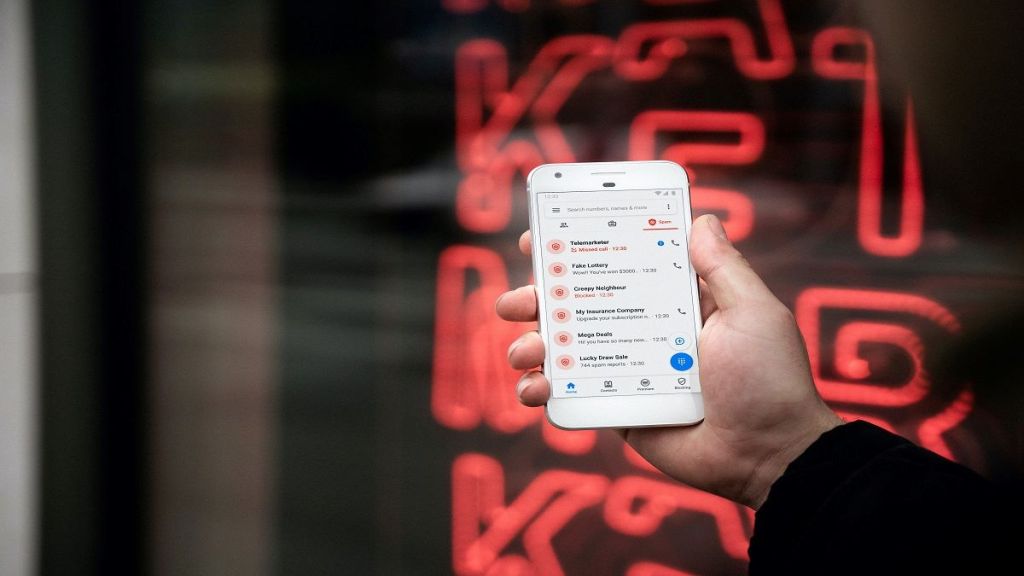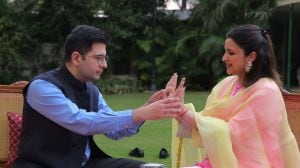The Global Scam Report 2021 ranked India fourth in terms of number of spam sales and telemarketing calls receiver country in the world. Many of the spam calls or messages you receive can be called merely annoying, but they are often an outcome of intrusion of your personal data. As users of different apps and websites, we end up sharing our numbers or other important details — sometimes consciously, sometimes unknowingly. While sharing a contact number may seem harmless at first, it’s imperative that one understands that it’s not simply a 10-digit number, not anymore.
If a person has access to your number — which is now linked to data sets like your age, location, and even online/offline behaviour — the possibility of you getting scammed increases manifold. Topping this all, your personal information can then be further sold to telemarketers, banks and, in fact, to anyone who wants to buy it. This being said, we spoke to a psychologist to help us understand the ways or patterns one can look out for in case of receiving a suspicious call.
Some basic checks to identify a spam message/call
Counselling Psychologist Drisha Dey told FinancialExpress.com that there is not a set behavioural pattern that one can look out for whenever they get a spam call. However, one can follow some basic steps to ascertain if they have got a pesky call. “Ask a lot of questions. Whenever in doubt about any call that you receive, start asking a lot of basic questions that come to your mind. A genuine caller will oblige to your queries and respond appropriately,” Dey said. “A fraud caller will instead answer your questions with another question. And that’s a red flag,” she added.
In October this year, the State Bank of India (SBI) released a few tips that a user must keep in mind to remain shielded from scams. “Check if the message/call received is from an official ID and not a phone number,” SBI said and added that one should get cautious if the caller is asking them to take immediate action by calling from a random number.
Avoiding urgency and 2-step authentication
The spammers generally create an urgency so that the other person drops their guard from the get go and can further slip into sharing critical personal information. “Compared to fraud callers, the genuine callers will not be scary. They won’t scare you first to inform you about something important,” Dey said. The psychologist mentioned another way that can prove beneficial in filtering a fake caller from a genuine call.
“If you doubt a call that you have received then you can also ask for a two-step authentication process. Ask, even if you don’t have any such authentication process in place. This will help in cross-checking whether or not they are genuine callers,” she further added.
The SBI asked users to look out for spelling or grammatical mistakes in the messages/calls. This basic step might prove to be very useful in identifying fraudulent calls or messages. The probability of having a grammatical error in any official message or call from the banks or other genuine institutions is far too less when compared to spammers. The fraud messages are often poorly formed and contain a link. The users must remain cautious in their actions upon receiving messages with links or calls that ask them to press certain numbers to go ahead.
Techniques to look out for
Drisha Dey also talked about two techniques that the spammers often use to cheat people. “The fraud callers sometimes tend to ease you in the process. They will begin by asking something small at first, like maybe your first name or other such things. And then once they feel that the user is at ease, they ask for crucial details,” she explained, “This is called Foot-in-the-Door technique.”

Then there is the opposite of this technique called ‘Face-in-the-Door’ technique. In this, the caller will pose a bigger or direct question in the beginning. Two things can happen from there. “First, the receiver might answer it or second, they can deny and protest. In the latter case, the scammers will next pitch a smaller question (but still a critical one at that) instead and try to extract more information,” Dey said.









